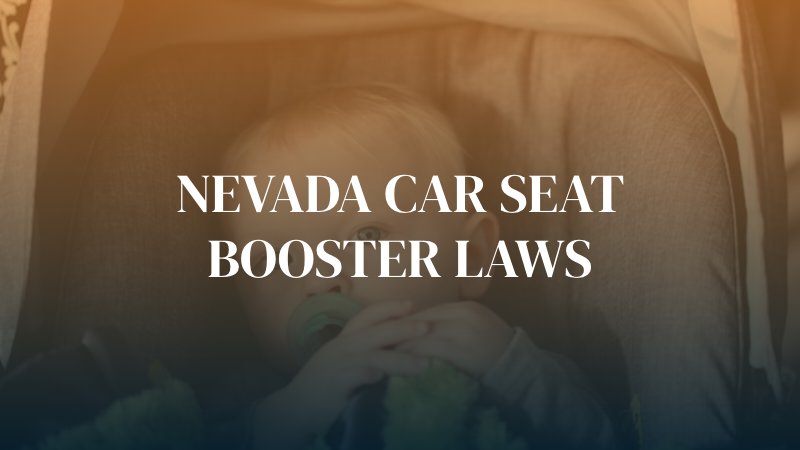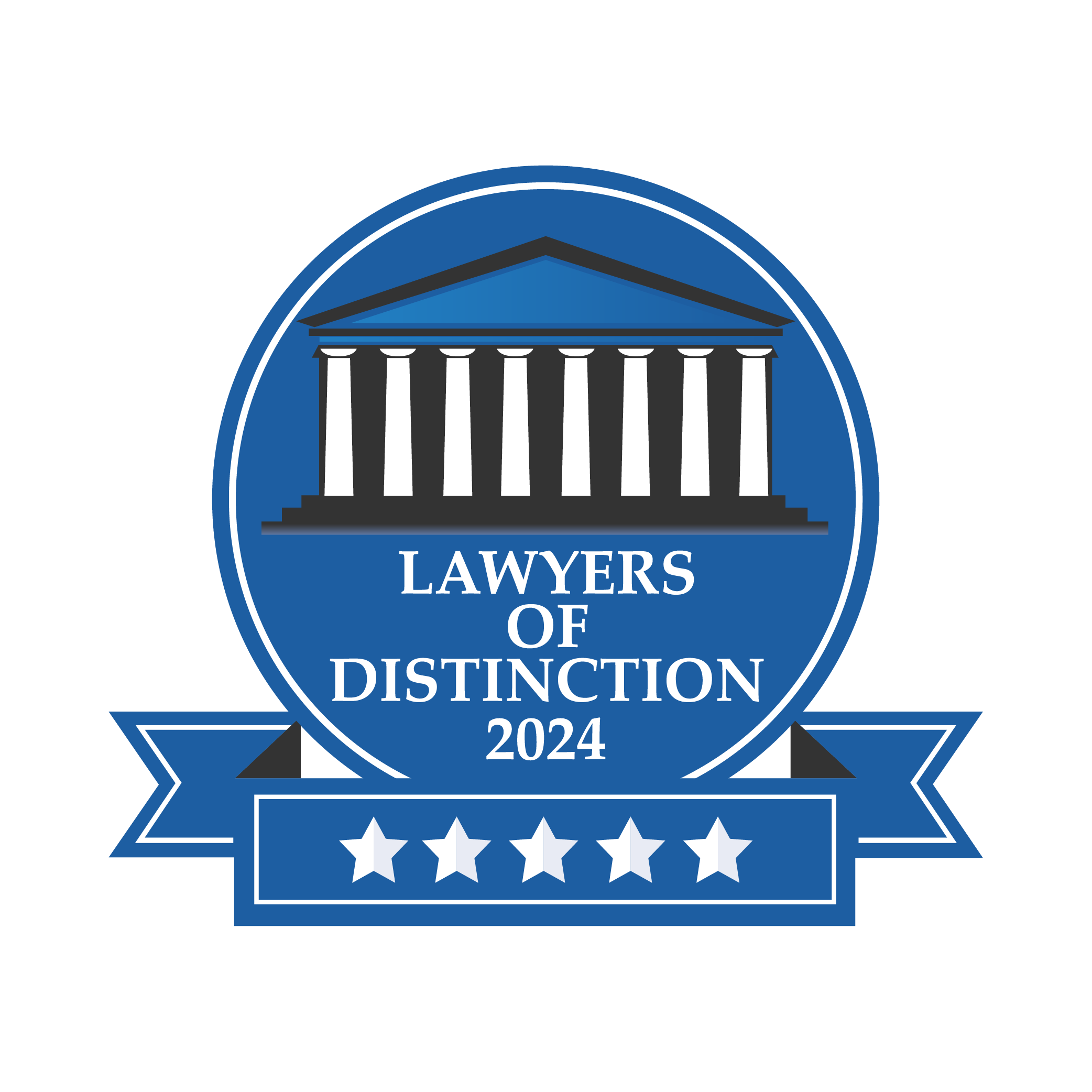
It’s important to keep children safe while in a car, and Nevada has specific laws that govern the use of booster seats. However, if you installed the seat according to directions, but it failed to protect your child, it might be defective. Manufacturers are legally responsible when their products injure others. In addition, a negligent driver who caused the car accident can also be held liable if you and your child were hurt.
You can trust our team of Las Vegas personal injury lawyers at Valiente Mott Injury Attorneys to assess liability in your case and fight for your rights to fair compensation to cover your damages. Contact us for a free consultation about booster seat laws. We can answer your questions and guide you on the next steps.
The Nevada Car Seat Booster Laws
The Nevada DMV notes that any child under six years old and under 57 inches must be secured in an appropriate child restraint system, such as a car seat booster. Children under two years old must ride in the back in a rear-facing seat.
Whether you’re a new parent or an experienced great-grand-parent, knowing best practices can help you keep children safe:
- Newborn to 2 Years Old. Young babies should always ride in a rear-facing car seat in the backseat until age 1. Parents should only consider a front-facing seat after the baby outgrows the weight and height limitations of the seat.
- 2 to 3 Years Old. Toddlers should ride in a rear-facing seat for as long as possible. Parents may opt for a forward-facing seat after they have outgrown the rear-facing seat’s limitations.
- 4 to 7 Years Old. Your child might outgrow the seat with a harness at this age. When this happens, it’s time to use a booster seat until they have grown to a size suitable for safely using seat belts.
However, as noted above, the booster seat might have been installed correctly, but a defect from the manufacturer could increase your child’s chances of getting hurt in an accident. Liability may also fall on a negligent driver. Trust that our team at Valiente Mott could investigate and hold those responsible for your child’s injuries.
When Can Children Ride in the Front Seat?
Children often look forward to the day when they can finally ride up front with you, but when should you allow this? The Nevada DMV safety guide suggests that children can ride in the front seat at ages eight and older. Why is this such a safety concern if they are strapped in? The fast and forceful deployment of front airbags can be dangerous to children.
What to do if Your Child is Hurt Because of a Car Seat Booster Defect
When your child is injured due to a defective car seat booster, it is critical to take immediate and calculated steps to protect their well-being and preserve your right to seek compensation. Below are detailed actions you should take:
Seek Immediate Medical Attention
First and foremost, ensure your child receives the medical care they need. Prompt medical evaluation and treatment are essential not only for their health but also for documenting the extent of injuries sustained.
Keep Records of All Expenses
Document all medical expenses, including hospital bills, prescriptions, therapy costs, and any other related expenses incurred due to your child’s injuries. This documentation will be crucial in ensuring you receive proper compensation for these damages.
Preserve Evidence
To support your potential claim, you must preserve the defective car seat booster and any other physical evidence. Avoid altering or tampering with the car seat booster in any way, and keep it in a safe place where further inspection can be carried out.
Document the Incident
Take detailed notes about the incident, including the circumstances leading to the injury and any observations about the defective car seat booster. Additionally, gather contact information from any witnesses who can provide testimony about the incident.
Report the Defect
Make sure to report the defective car seat booster to the manufacturer and the appropriate consumer safety agencies such as the National Highway Traffic Safety Administration (NHTSA). This can help in starting an investigation and preventing future injuries to other children.
Consult a Personal Injury Attorney
Consult with a Las Vegas personal injury attorney experienced in product liability cases. Your attorney will help you understand your rights and take the necessary steps to build a strong case against the manufacturer or responsible parties.
File a Product Liability Claim
With the help of your attorney, file a product liability claim. This involves collecting and presenting evidence that the car seat booster was defective and that this defect directly caused your child’s injury. Compensation can cover medical expenses, emotional distress, and other costs related to the injury.
Cooperate with Legal Proceedings
Adhere to the advice of your attorney and participate in all legal proceedings. Cooperating fully ensures that your case progresses smoothly and increases the likelihood of a favorable resolution. Your attorney will also keep you informed of any updates or developments in the case.
If your child has been injured due to a defective car seat booster, it is important to take immediate action.
Types of Evidence Needed for These Claims
When pursuing a claim involving a defective car seat booster, it is essential to understand the different types of evidence that can significantly enhance the credibility and strength of your case. Below are the primary categories of evidence you should consider gathering and presenting:
- Physical Evidence: This includes the defective car seat booster itself and any components that may have contributed to the failure. Physical evidence is crucial as it allows experts to perform critical analyses and determine the cause of the defect.
- Photographic Evidence: High-quality photographs of the car seat booster, your child’s injuries, and the scene of the incident can provide compelling visual proof. These images should be clear and taken from multiple angles to capture all relevant details.
- Medical Records: Documentation from healthcare providers detailing the injuries sustained, treatments administered, and prognosis can serve as essential evidence. These records provide an accurate picture of the injury’s severity and its impact on your child’s health.
- Witness Statements: Eyewitness accounts from individuals who observed the incident can offer additional support to your claim. These statements can provide insights into the circumstances leading to the injury and corroborate other pieces of evidence.
- Expert Testimony: Expert witnesses, such as engineers or medical professionals, can provide authoritative opinions on the defect’s nature and the injuries sustained. Their analyses and testimonies can be instrumental in establishing liability.
By gathering and presenting these types of evidence, you can build a strong case that clearly demonstrates the defect and its impact, thereby improving your chances of securing fair compensation.
Contact Valiente Mott for a Free Consultation
If your child has been injured in a booster seat in a car accident, our team of Las Vegas car accident lawyers at Valiente Mott is ready to provide sound legal guidance and advocacy. We understand the gravity of your situation and know how difficult it can be to deal with the stress as medical expenses and other bills pile up. Contact us today to request your free case evaluation.

